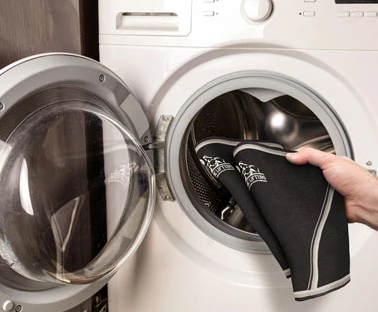Alright, A Knee Sprain can be serious, so let’s dive into the world of knee sprains – a common injury that can happen to anyone from weekend warriors to pro athletes. We’ll cover everything you need to know, from what causes these pesky injuries to how to get back on your feet.
What Is a Knee Sprain?
A knee sprain occurs when the ligaments in your knee get stretched or torn. Ligaments are tough, elastic-like tissues that connect bones and provide stability to joints. Your knee has four main ligaments:
- Anterior Cruciate Ligament (ACL)
- Posterior Cruciate Ligament (PCL)
- Medial Collateral Ligament (MCL)
- Lateral Collateral Ligament (LCL)
The ACL and PCL are inside the knee joint, while the MCL and LCL are on the sides. Any of these can be sprained, though some are more common than others.
What Causes a Knee Sprain?
Knee sprains typically happen due to:
- Sudden twisting motions
- Direct blows to the knee
- Rapid changes in direction
- Awkward landings from jumps
- Overextension of the knee joint
Sports injuries and falls are the most common culprits, but even everyday activities can sometimes lead to a sprain if you move the wrong way.
Symptoms: How Do You Know If You’ve Sprained Your Knee?
If you’ve sprained your knee, you might experience:
- Immediate pain after the injury
- Swelling around the knee
- Instability or a feeling that your knee might give way
- Reduced range of motion
- A popping or snapping sensation at the time of injury
- Difficulty walking or putting weight on the affected leg
The severity can vary from mild discomfort to intense pain that makes it hard to move your knee at all.
Diagnosing a Knee Sprain
If you suspect a knee sprain, it’s best to see a healthcare provider. They’ll likely:
- Perform a physical examination
- Ask about how the injury occurred
- Check your range of motion
- Compare your injured knee to your healthy one
In some cases, they might order imaging tests like X-rays, ultrasounds, or MRIs to rule out other injuries and assess the extent of the damage.
Grades of Knee Sprains
Knee sprains are typically graded based on severity:
- Grade 1 (Mild): Slight stretching of the ligament with minimal tearing
- Grade 2 (Moderate): Partial tearing of the ligament
- Grade 3 (Severe): Complete tear of the ligament
Treatment: Getting Back on Your Feet
The good news is that most knee sprains can be treated without surgery. The standard approach is the RICE method:
- Rest: Avoid activities that cause pain
- Ice: Apply cold packs for 15-20 minutes at a time, several times a day
- Compression: Use a knee sleeve or elastic bandage to reduce swelling and provide support
- Elevation: Keep your leg propped up above heart level when possible
Other treatments may include:
- Over-the-counter pain relievers
- Physical therapy to improve strength and flexibility
- Wearing a knee brace for support
- In severe cases, surgery might be necessary
Recovery time varies depending on the severity of the sprain. Mild sprains might heal in a few weeks, while more severe ones can take several months.
Preventing Future Knee Sprains
Once you’ve experienced a knee sprain, you’ll want to avoid a repeat performance. Here are some tips:
- Strengthen the muscles around your knees and hips
- Improve your balance and coordination
- Always warm up before physical activities
- Use proper technique in sports and exercise
- Wear appropriate protective gear and footwear
When to See a Doctor
While mild sprains can often be treated at home, you should see a healthcare provider if:
- You have severe pain or swelling
- You can’t move your knee or bear weight on your leg
- You hear a popping sound at the time of injury
- Your knee feels unstable or gives way when you try to use it
Living With and Recovering from a Knee Sprain
Recovery from a knee sprain is usually a gradual process. It’s important to:
- Follow your healthcare provider’s instructions
- Be patient and give your knee time to heal
- Gradually return to activities as your knee improves
- Listen to your body and don’t push too hard too soon
Remember, every injury is unique, and healing times can vary. Don’t compare your recovery to others or try to rush the process.
In Conclusion
Knee sprains may be common, but they’re no walk in the park. By understanding what causes them, how to recognize the symptoms, and how to treat and prevent them, you can keep your knees healthy and strong. And remember, when in doubt, get it checked out – your knees will thank you in the long run!


